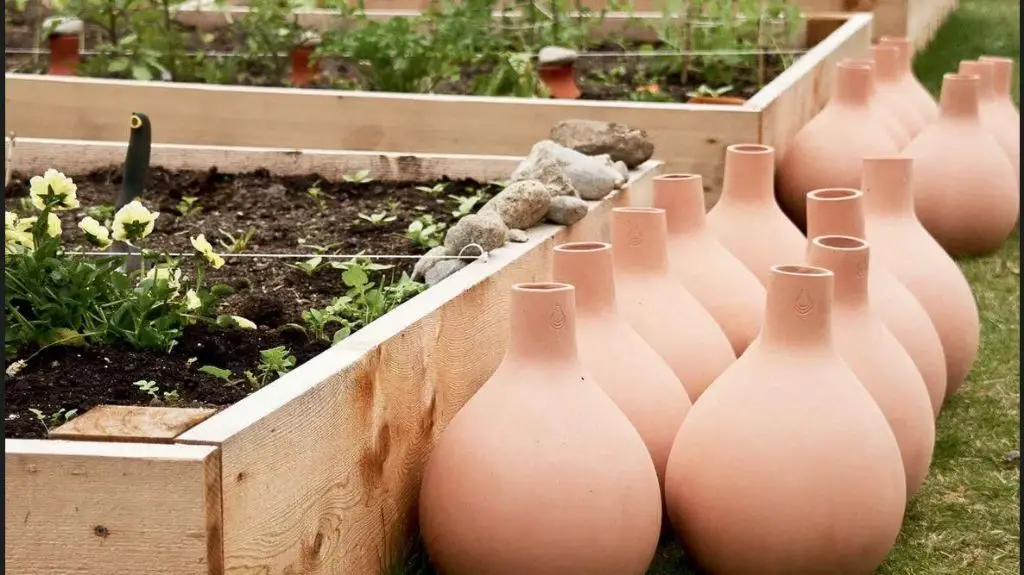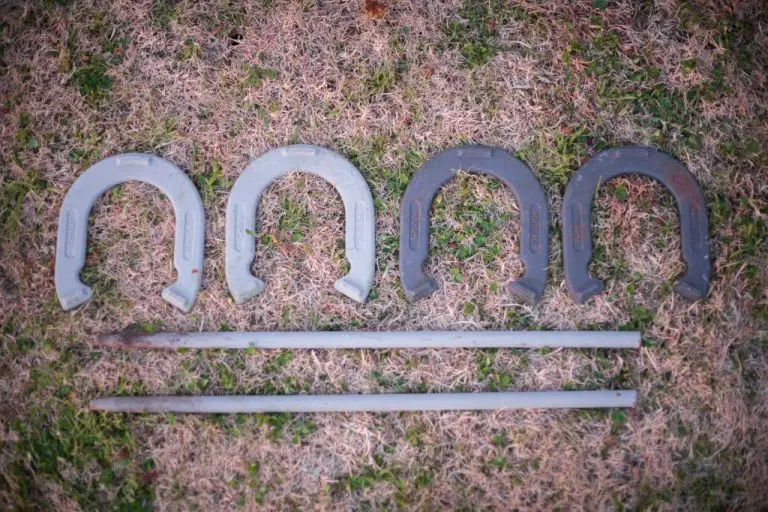Are Clay Planters Good?
Clay planters, also known as terra cotta pots, have been used for centuries to grow plants both indoors and outdoors. Made from natural clay that is shaped and fired at high temperatures, these porous clay containers allow air and moisture to reach the soil and roots inside. While plastic and resin planters are more widely available today, many gardeners still prefer using clay pots for a variety of reasons.
When comparing clay planters to other materials, there are both advantages and disadvantages to consider. Key benefits of using clay pots include natural air pruning of roots, soil aeration, and helping regulate moisture. The porosity can also create humidity around plants. However, clay is heavier, prone to cracking, and dries out soil faster than other materials. Overall, clay planters have stood the test of time thanks to their breathability and classic style.
Pros of Clay Planters
Clay planters offer several advantages that make them a popular choice for many gardeners and plant enthusiasts:
Being made from natural clay, they are an eco-friendly and sustainable option. Clay is a renewable and abundant resource.
The porous nature of clay allows air and moisture to reach the plant’s roots while also providing drainage. This creates an ideal growing environment for many plants (source).
Clay pots come in a wide array of sizes, shapes, colors, and designs. They can be a stylish addition to any indoor or outdoor space.
The earthy and natural look of clay pots complements plants well. The rustic texture provides visual interest.
Cons of Clay Planters
While clay planters have their benefits, they also have some drawbacks to consider:
Clay is a porous material, which means clay pots will absorb water. This makes the pots get very heavy when wet, especially larger pots. The heavy weight can make the pots difficult to move once planted (Cleverbloom).
Clay is also brittle and prone to cracking and chipping easily, especially if you drop or knock over the pot. Cracks and chips will compromise the drainage ability of the pot. For this reason, clay pots may not be ideal if you have pets or small children that may run into and break the pots (Terracast Products).
The porosity of clay that makes it good for drainage can also work against it. Water will evaporate through the clay, causing the soil to dry out more quickly than desired. This means you may need to water more frequently (Lancaster University).
Clay pots also tend to be more expensive than plastic pots. So if your budget is limited, the extra cost may be a downside to consider (Lancaster University).
Ideal Plants for Clay
Certain types of plants thrive in clay pots. Clay pots are especially well-suited for plants that prefer dry, well-draining soil. The porous terra cotta allows evaporation through the sides of the pot, helping to keep the soil dry. Some of the best plants for clay pots include:
Succulents
Succulents are ideal for clay pots since they thrive in dry conditions and need their soil to drain rapidly to avoid rotting. The porous terra cotta is perfect for achieving this dry, well-drained environment. Popular succulents like echeveria, sedum, aloe vera, and cacti do great in clay (Wallace’s Garden).
Herbs
Herbs like thyme, rosemary, oregano, and lavender grow well in clay pots. The terra cotta allows excess moisture to evaporate, which herbs prefer. The clay’s breathability also aids in air circulation. Herbs thrive in the well-draining, oxygen-rich environment clay pots create (Living Color Garden Center).
Small Plants
Small houseplants that require minimal watering are ideal for clay pots. Examples include peperomias, pileas, hoyas, and sansevierias. Their small size means they won’t become overwatered in clay pots that dry out quicker. The porous terra cotta suits their preference for infrequent watering (Clever Bloom).
Caring for Clay Planters

Clay planters require some special care and maintenance to keep them looking their best. Proper watering is key when caring for clay pots. The porous material can dry out quickly, so it’s important to check soil moisture frequently and water thoroughly. Allowing plants in clay pots to wilt and dry out completely can cause cracking (Source: https://littleknownmakers.com/pages/clay-pots-sesoning-and-care-instruction).
When watering, pour water until it drains freely from the bottom drainage hole. This ensures the entire soil mass gets hydrated. For indoor plants, placing clay pots on pebble trays filled with water can help boost humidity around the plants.
In colder climates, proper winter storage is crucial for protecting clay planters. If left outdoors, water freezing and expanding inside the pots can cause them to crack and break. Before the first hard freeze, bring clay planters indoors to a sheltered location like an unheated garage or basement. Stop watering plants at this time to encourage dormancy. To provide some moisture, place pots on beds of moist sand or pebbles during winter storage.
Alternatives to Clay
While clay pots have many benefits, there are other materials to consider as alternatives. Three popular options are:
Plastic
Plastic planters come in many shapes, sizes, and colors. They are typically inexpensive and lightweight compared to clay. Plastic pots retain more moisture than unglazed terracotta, which can be a pro or con depending on the plant. Some cons are that plastic can become brittle and degrade over time when exposed to sunlight. There are more eco-friendly plastic options made from recycled materials like bioplastics.
Ceramic
Ceramic planters provide a nice decorative touch for indoor and outdoor use. Glazed ceramic pots retain moisture well. Ceramic material is very durable but more prone to cracking and breaking compared to plastic. Ceramic pots come in various styles from basic terracotta colors to intricate designs.
Concrete
Concrete planters are solid, durable, and weather resistant. They can be quite heavy. Concrete provides good drainage and air circulation for plant roots. Custom concrete pots allow creativity in shape and embellishments. On the downside, concrete can develop cracks over time and may leach lime in the soil.
Decorating with Clay Pots
Clay pots are a versatile material for home decor. With a few simple techniques, you can transform plain terra cotta pots into beautiful decorative accents for your indoor and outdoor spaces.
One of the most popular ways to decorate clay pots is by painting them. Acrylic craft paint works well for painting terra cotta. Make sure to start with a clean, dry pot. You can paint clay pots a solid color or get creative with patterns, decorative designs, stencils, or even faux finishing techniques like sponging on metallic paints. Allow the paint to fully dry before sealing with a spray sealer. Refer to this guide for inspiration on painting clay pots: https://modpodgerocksblog.com/clay-pot-painting-and-decorating/
Another easy idea is to group clay pots together for interest and visual impact. Try clustering pots of different shapes and sizes. Mix plain and painted terra cotta pots for variety. Arrange them at different heights by placing some pots on plant stands or overturned pots. Groupings look great on porches, patios, garden beds, or as indoor centerpieces.
DIY Clay Pot Projects
Clay pots make excellent bases for fun DIY projects. Their natural rustic look lends itself well to crafts. Here are some creative ways to repurpose old clay pots into charming decorative pieces:
Turn clay pots into bird feeders or bird baths. Drill a few holes near the top rim to allow seed and water to flow out. Add a small platform or shallow dish inside the pot. Then hang it up with wire or place on a pedestal (Source).
Make chimes or wind chimes using clay pots. Cut the pots into different shapes or drill holes to string beads, shells, or rods through. Add clappers made from old cutlery, sticks, or pipes. Hang the chimes up to add musical flair to porches, patios, and gardens (Source).
Where to Buy Clay Pots
You can find a wide selection of clay pots and planters at local garden stores and nurseries. Specialty stores like The Home Depot and Lowe’s offer multiple sizes, shapes and styles of clay planters for indoor and outdoor use.
Many local, independent nurseries also carry handmade and artisanal clay pots. Check garden centers and plant shops in your area for a unique selection. Staff can provide advice to help pick the right planter for your needs.
For wider selection and convenience, numerous online retailers sell clay pots that can be shipped directly to your home. Websites like Clay Imports offer a huge variety of styles imported from locations around the world like Mexico and Italy. You can shop by size, shape, color and more.
Conclusion
In summary, clay pots have both advantages and disadvantages compared to other pot materials. On the plus side, clay is an all-natural material that allows air and moisture to pass through. Clay pots come in beautiful shapes, colors and designs to fit any decor. Clay is also affordable and durable with proper care.
The downsides are that clay is heavy, can crack if exposed to freezing temperatures or rapid temperature changes, and may dry out faster than other materials. Clay is porous so it can stain and absorb minerals that create salt deposits.
Overall, clay pots are a great choice for many indoor and outdoor plants. The natural clay helps regulate moisture and provides nutrients. Just be sure to choose an appropriate plant, provide proper care, bring pots indoors in winter if needed, and seal or paint the interior to prevent staining and salt buildup. With the right plant match and proper handling, clay pots add beauty and charm to gardens, patios, and home decor.


